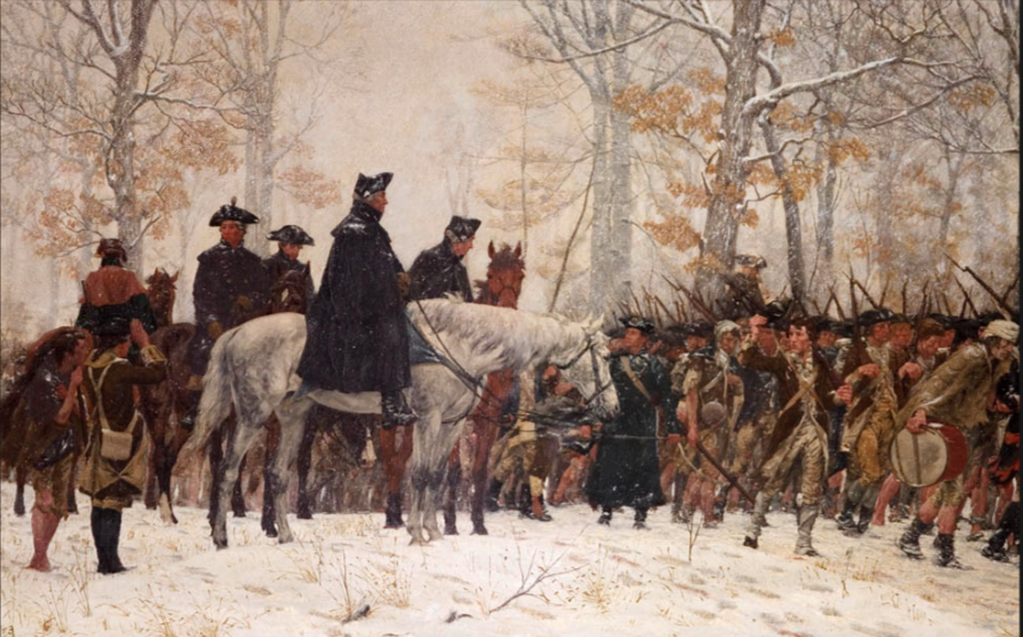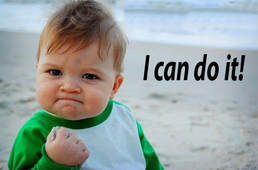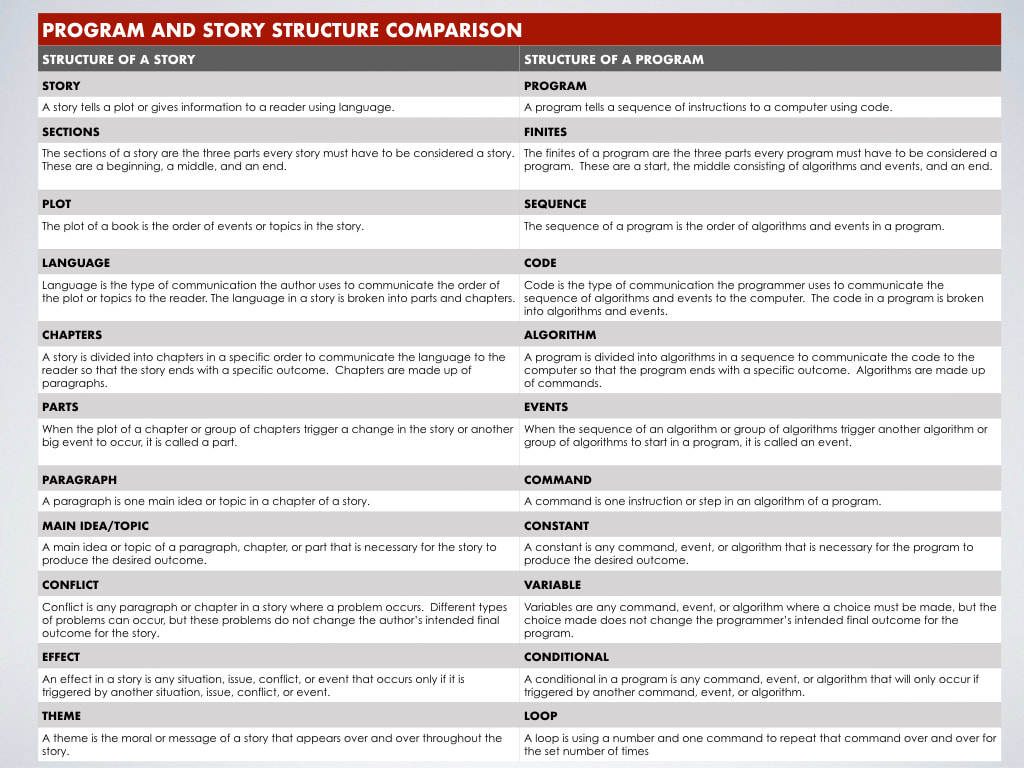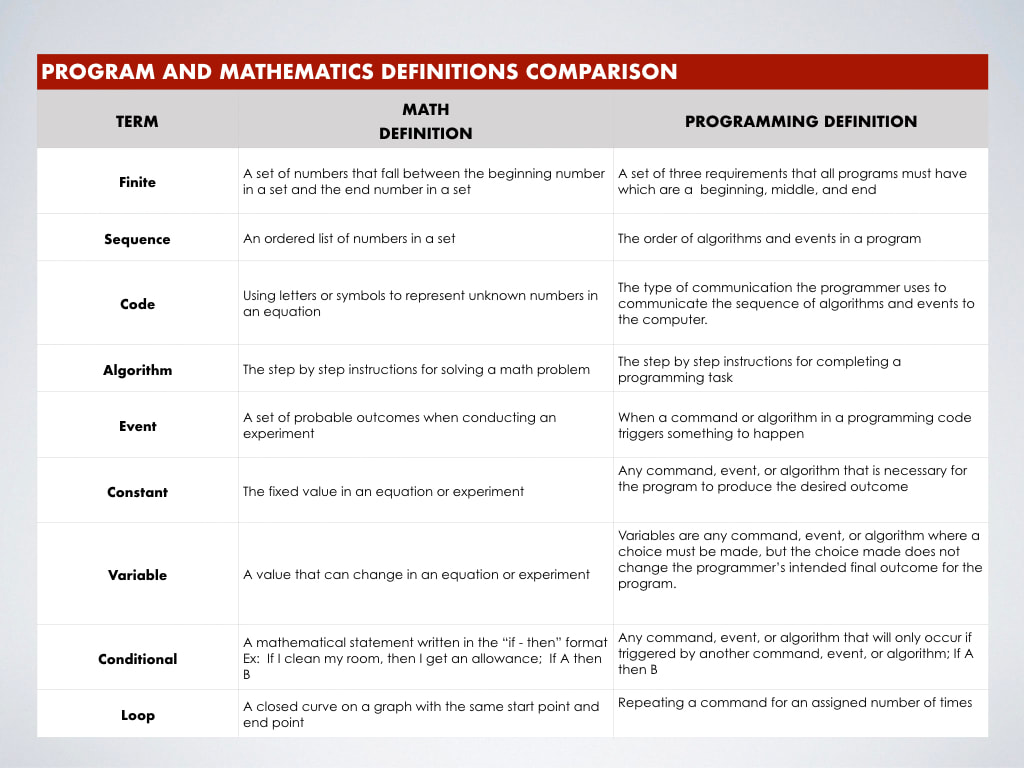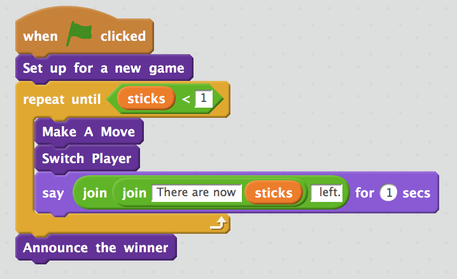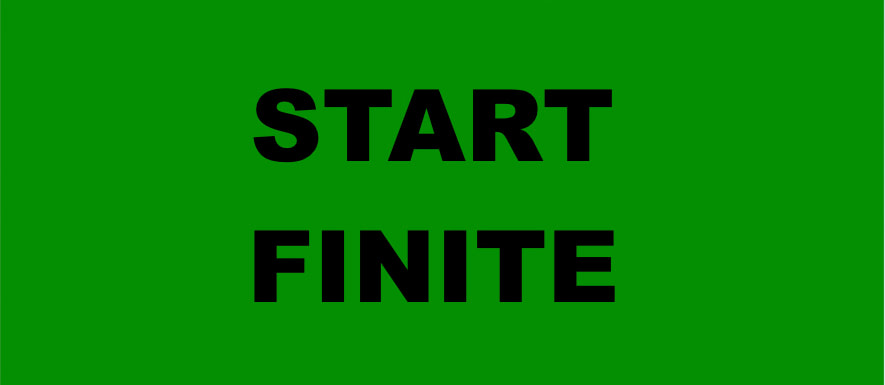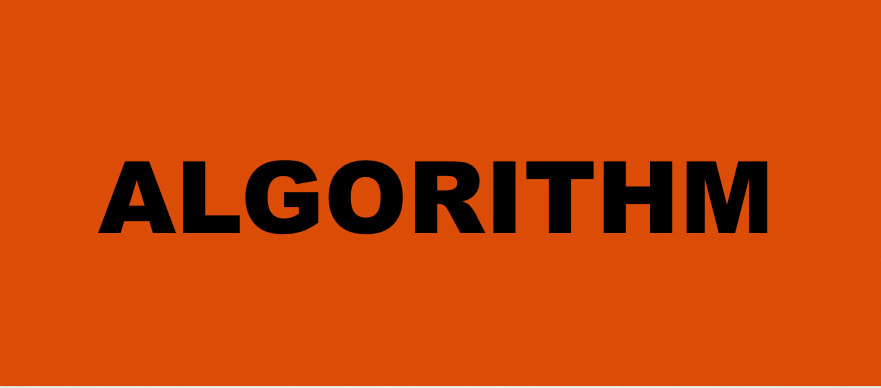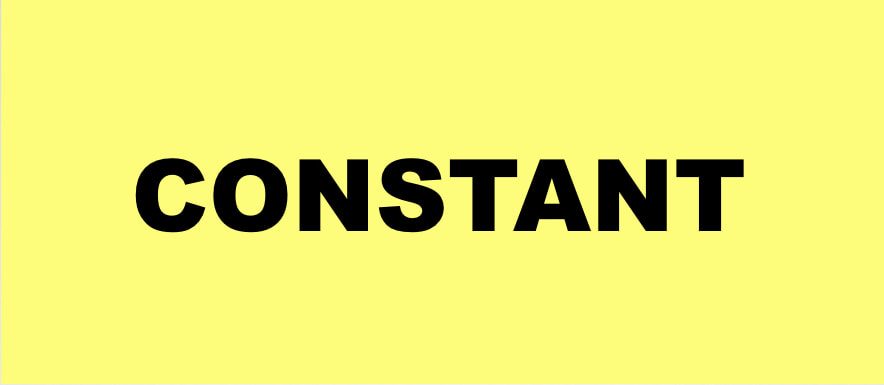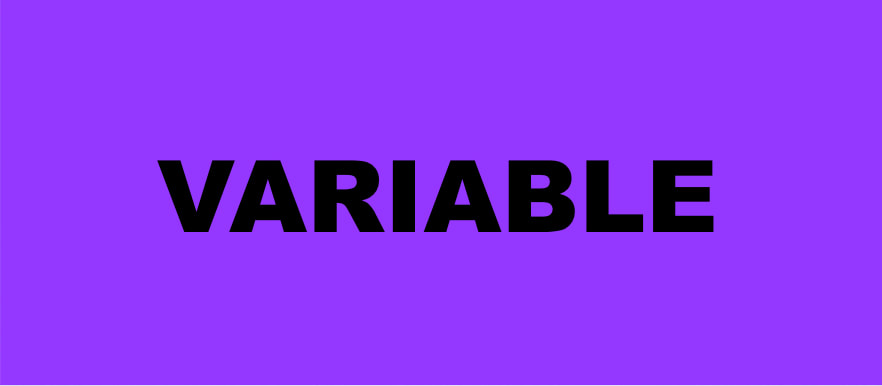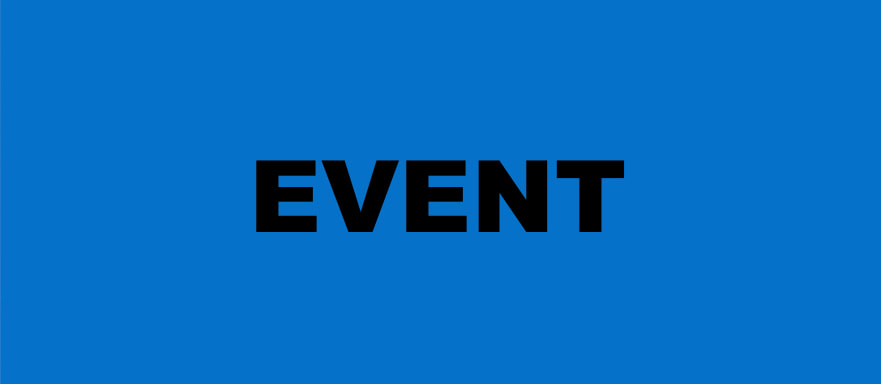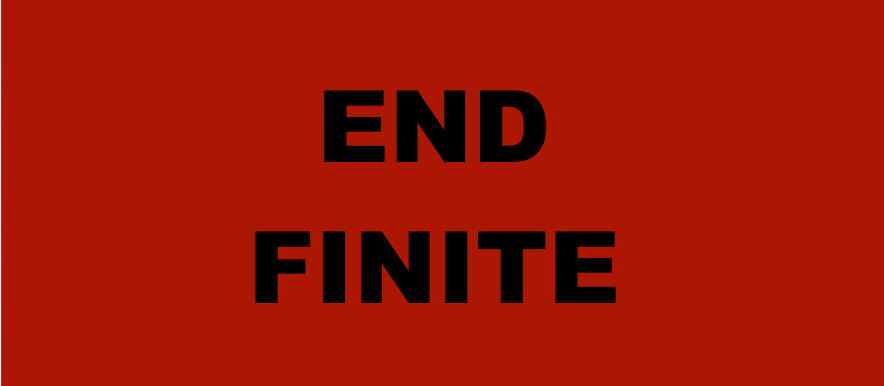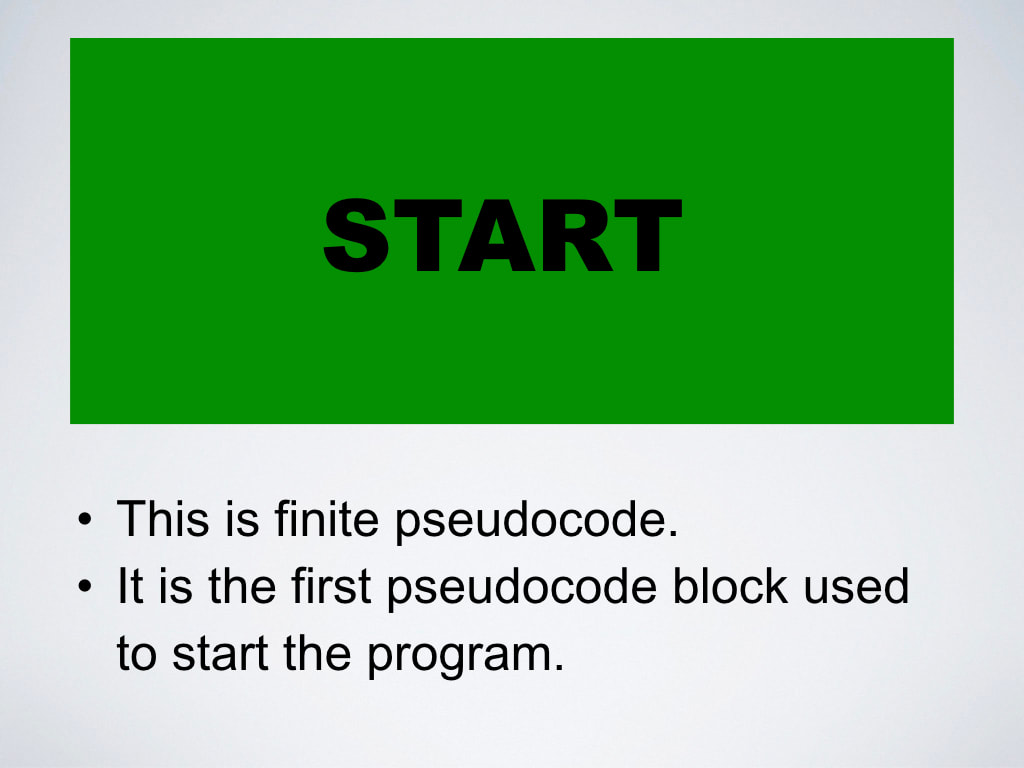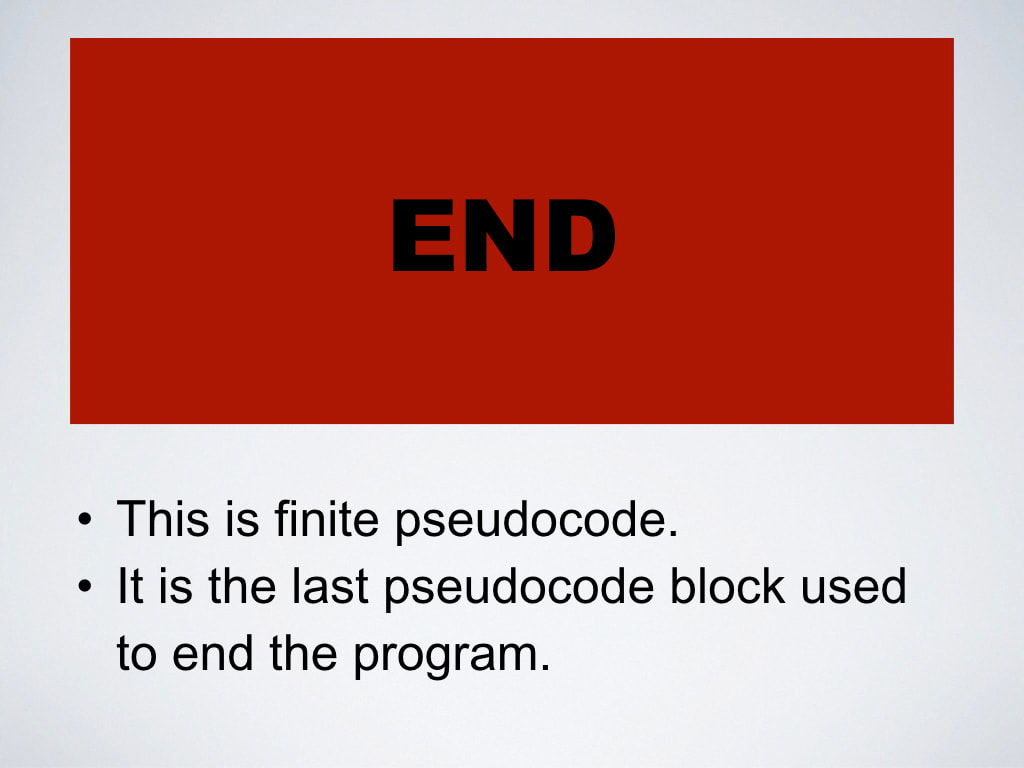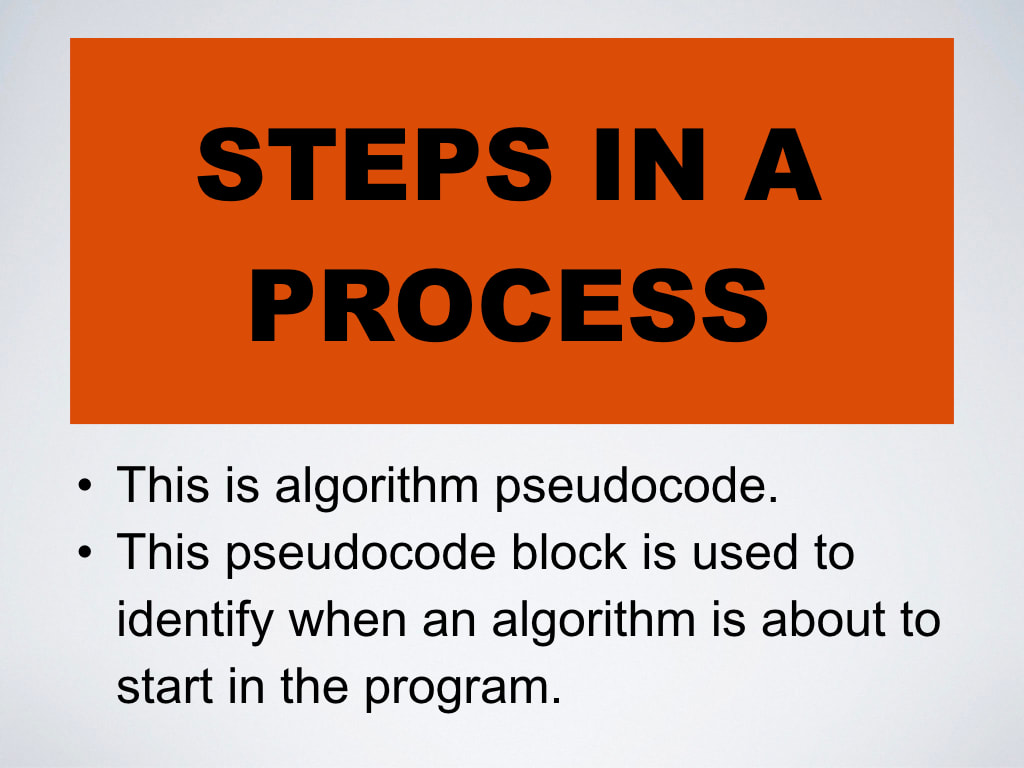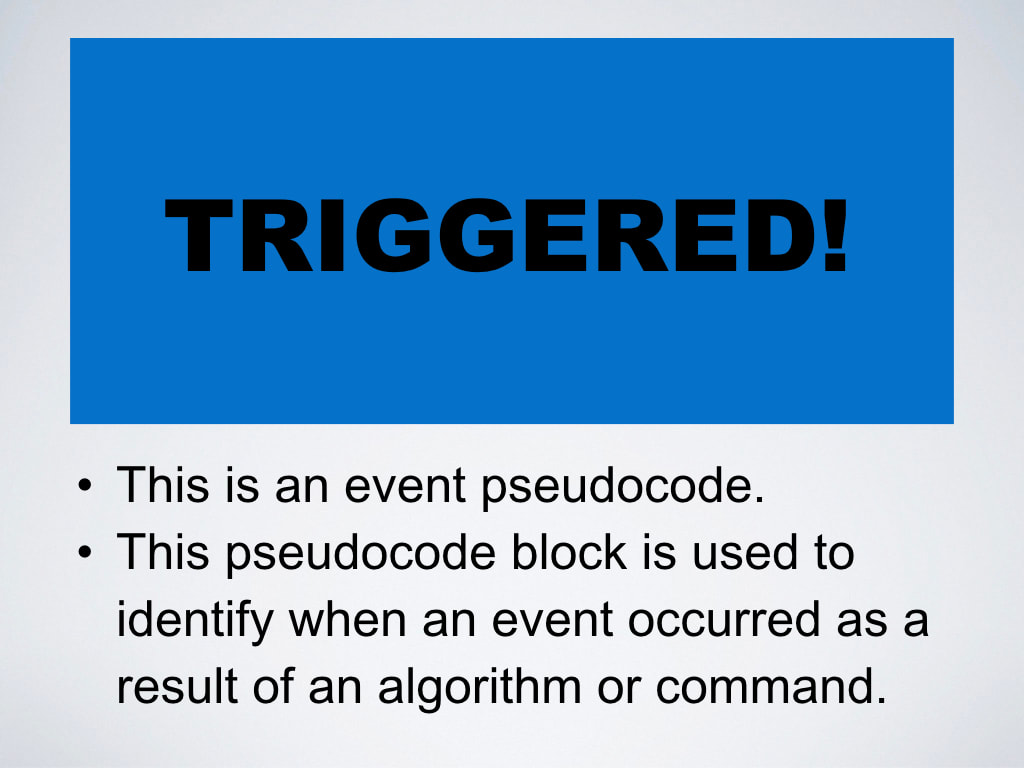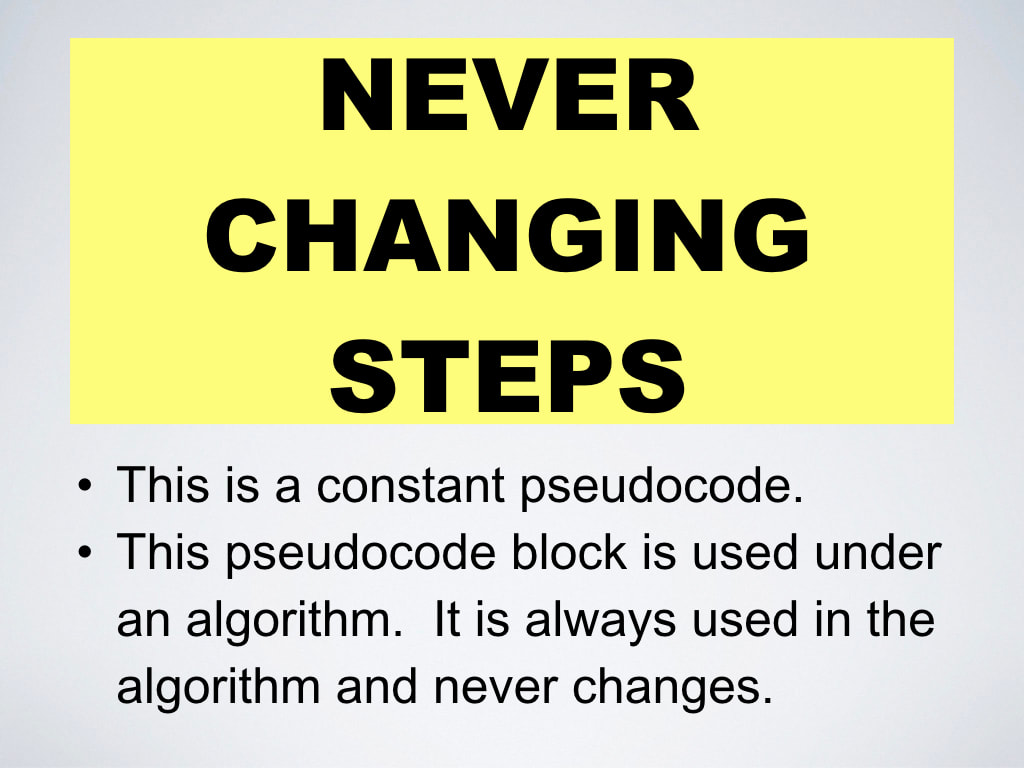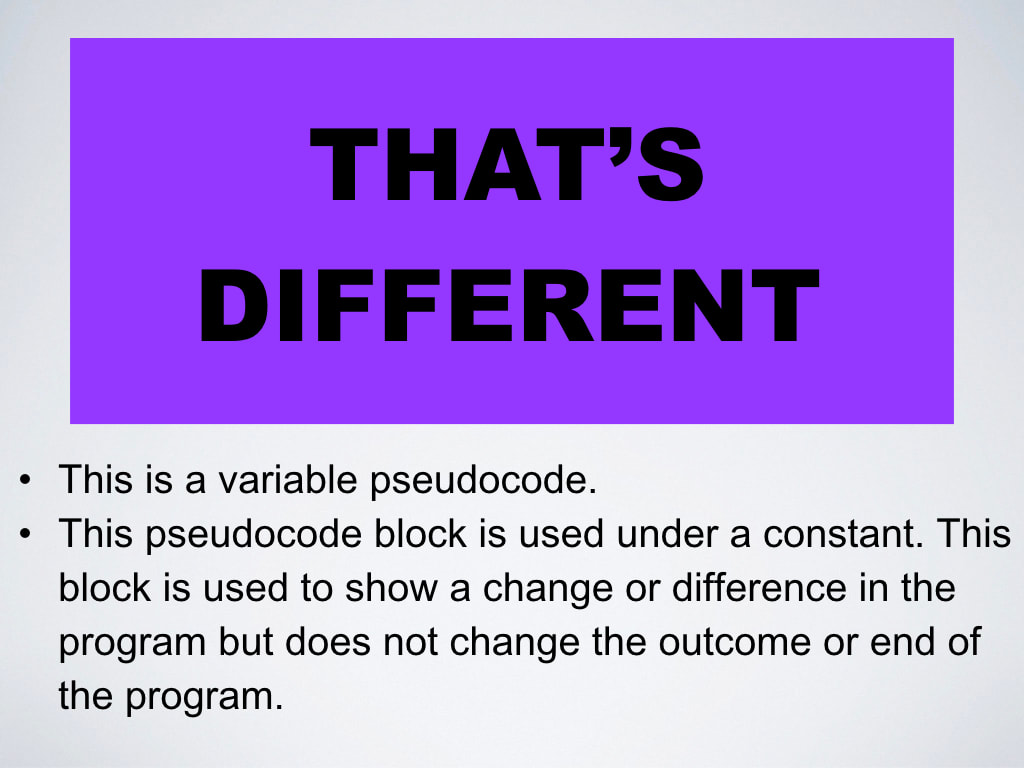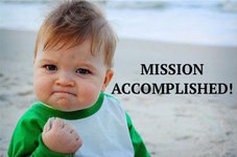5th Grade Cross-Curricular Lesson
LESSON 1
REMEMBER YOUR PROGRAMMING
Programming Revolution Unit
LESSON MISSION
Your mission is to be able to answer these essential questions.
REMEMBER PROGRAMMING STRUCTURE
Let's analyze how a program is structured by using something we are familiar with already -
STORY STRUCTURE!
STORY STRUCTURE!
REMEMBER PROGRAMMING VOCABULARY
Now let's analyze how a program's vocabulary and terms are similar to the vocabulary and terms used in math class!
REMEMBER HOW PROGRAMS ARE CODED
Remember that code is a computer's language. When you did Code.org, you used something called pseudocode blocks to write algorithms for programs. Pseudocode blocks are click and drag blocks that stand for code or computer language but are written in easy to understand (human) language. We will be using pseudocode blocks to code the American Revolution Program.
Let's recall some coding terms now. Programs are coded in finites, algorithms, events, constants, and variables. You also have loops and conditionals but we won't be using these in this project. The blocks you use for each type in the American Revolution Program will look like these and have the same color system.
The program must be told to start or run and it must be told when to end. These are the Finites of your program.
Between Start and End a program is made up of a sequence of Algorithms and Events. Algorithms and Events are the "main actions" in a program. Algorithms are a group of step by step instructions for completing a programming task. Events are the resulting action of a command, algorithm, or sequence of algorithms. Events must be triggered by a specific set of commands, algorithms, or sequence of algorithms to happen.
There are two types of commands in an algorithm's process. These are Constants and Variables. Constants are commands that never change. They are necessary for the algorithm to work and for the program to end with the correct outcome. Variables are commands that can be written or used differently. They are the commands in a program that can change without affecting the outcome.
DO YOU GET IT?
Do you understand coding structure? Play the Who Am I Game below and find out!
